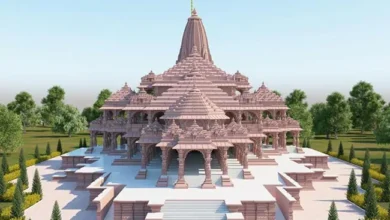Unraveling the Social Complexity of Manipur: An Opinion
Navigating the Thicket of Demographic Shifts and Identity Politics in Manipur.

The unsettling footage of an assault on two unarmed women in Manipur, India, that recently made its way around the internet is a chilling reminder of the turbulence that lurks beneath the surface of this North Eastern Indian state. The ‘double-engine’ government’s apparent apathy, which only moved to action after widespread public outrage, is yet another manifestation of a systemic problem in Manipur that warrants an urgent exploration into the region’s socio-political climate.
Situated in the country’s northeastern corner, Manipur’s unique landscape is a mirror reflecting its demographic tapestry. The Meitei Hindus, once accounting for a staggering 60% of the population in 1951, now precariously linger around the 44% mark despite inhabiting a mere 10% of the state’s land. The fertile valley they inhabit stands surrounded by hills, home to Christian Naga and Kuki tribes. This alarming shift in the demographic balance evokes eerie similarities with the predicament of the Kashmiri Pandits, who similarly experienced a radical reduction in their majority status.
The roots of this demographic upheaval are firmly anchored in the era of British colonial rule. The British, motivated by their interest in securing their tea plantations in neighboring Assam, sought to maintain control over the hill tribes. They did so by actively promoting religious conversion via missionaries, culminating in a significant section of tribal communities embracing Christianity and a concurrent decrease in the Hindu populace. This trend sustained beyond independence, leading to a dramatic reshaping of Manipur’s demographic structure by 2011.
A closer examination of Manipur’s societal structure uncovers further complexities. The Kukis, who reside in the hills, are accorded the Scheduled Tribe (ST) status under Article 371 of the Indian Constitution, an advantage the Meiteis, despite their cultural and geographical similarities, are deprived of. As a result, a legal prohibition bars Meiteis from owning land in tribal areas, while the inverse is not true.
It’s not surprising, then, that the Meiteis have become more vociferous in their demand for ST status. Such a move, they believe, is crucial for preserving their land, culture, traditions, and identity. Indeed, historical evidence supports their claim, as British records indicate the Meiteis were classified as a tribe before Manipur’s integration with India in 1949.
However, their push for ST status has stoked fears among the hill tribes, who worry about potential job losses in a region already plagued by high unemployment. It is incumbent upon the state to facilitate dialogue between the Meiteis and the tribes to strike a balance that ensures the social inclusion of the Meiteis in the ST list without threatening the job prospects of the hill tribes.
The Kuki tribal leaders must relinquish any predetermined notions and engage in an open and objective discourse. The spirit of reservation policy, aimed at enabling affirmative action and advancing social justice, should be made accessible to all indigenous populations within the state including the Meiteis. Through these actions, we can hope to move towards a future of unity and prosperity for all in Manipur.



